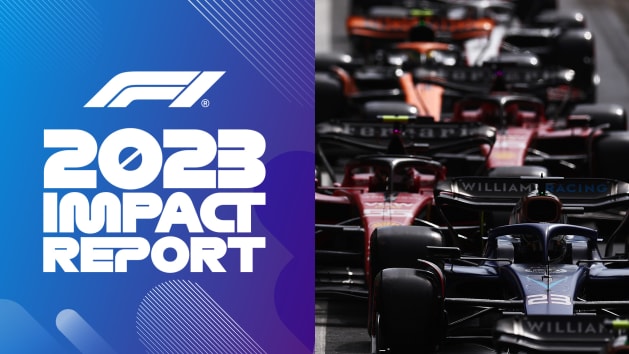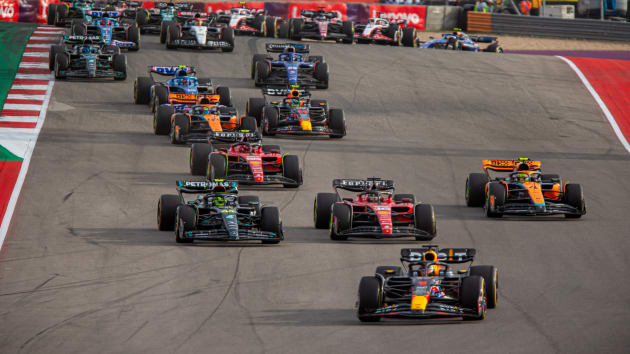
News
F1 continues push to hit Net Zero Carbon by 2030 target
Share

Development of a 100% sustainable fuel, slashing the use of single-use plastics and reviewing travel and freight logistics – these are just some of the things Formula 1 as a sport is working on as part of its commitment to be Net Zero Carbon by 2030…
Three years ago, as part of a wider sustainability strategy, F1 set ambitious targets and have since been working with the 10 teams, race promoters, partners, suppliers, broadcasters and the FIA to reduce the sport’s carbon footprint.
Already F1 has reduced its carbon footprint through remote broadcast operations, which has enabled the company to reduce freight, while redesigned freight containers mean more efficient aircraft can be used to transport the equipment.
F1 offices are now using 100% renewable energy, with the company earning the highest sustainability management accreditation (3*) awarded by the FIA.
This feature is currently not available because you need to provide consent to functional cookies. Please update your
Formula 1: Net zero carbon by 2030
Following the successful introduction this season of E10 fuel – comprising 10% ethanol, which will reduce CO2 emissions overall – F1 is working with partner Aramco and all the major fuel manufacturers in F1 to develop a 100% sustainable fuel to be introduced with a new engine formula in 2026.
It will be a drop-in fuel, so-called because it can be used in the same form in road cars in normal internal combustion engines. F1 will work closely with F2 and F3 to trial the sustainable fuels.
Looking ahead, there are plans to build future F1 calendars to improve freight and travel logistics so the sport is moving more efficiently around the world.
Carbon reduction measures for fans travelling to F1 events are being investigated, while more efficient travel arrangements will be assessed.
With eight years to go until 2030, F1 is racing towards its target.
Share
YOU MIGHT ALSO LIKE
Feature EXPLAINED: What is the F1 Impact Report and why does it matter?
Feature EXPLAINED: Everything you need to know about the 2024 F1 Sprint format

Feature Fashion, tigers and Alonso’s words of wisdom – Getting to know the real Zhou Guanyu
FeatureF1 Unlocked BARRETTO: Perez? Ricciardo? Sainz? Who will get the nod to partner Verstappen at Red Bull next season?



